Fuji XF 10-24mm F4 R OIS Lens Review:
Over the years, I’ve grown to enjoy the use of ultra wide angle lenses so much so that I often use my 18mm as an everyday lens. I like the way ultra wides perceive the world. Plus, there’s just so much going on all the time in New York City (often in cramped spaces) that a wide angle can be considered mandatory at times. There are quite a few options if you want an ultra wide for the Fuji X Series, and one of these options is the XF 10-24mm F4 R OIS lens (B&H Photo/Amazon). In 35mm terms, this lens equates to a whopping 15 to 35mm equivalent. This is an older lens but seeing as the Fuji X-Pro2 is being released, I thought it would be a great time to review it.
Fuji XF 10-24mm F4 R OIS Lens Build Quality:
In terms of build quality, the XF 10-24mm is solid lens. It feels like it can definitely handle some abuse. It’s made mostly from anodized aluminum, so it’s sturdy with no flex, no creaks, and no rattles of any kind. During my time with it, I took it everywhere with me in all types of cold, wintry conditions. I used it during snowstorms, and even when temperatures were in the single digits. The lens handled everything like a champ.

↑ The XF 10-24mm F4 R OIS lens without lens hood.
If you are familiar with Fuji X Series lenses, the controls are pretty much the same. There is an aperture ring but I was surprised it wasn’t marked with aperture speeds. Fuji sometimes uses unmarked aperture rings that spin freely but that’s usually reserved for lenses that have a non-fixed maximum aperture like the XF 18-55mm F2.8-4 lens. I found this to be a minor inconvenience, and to me, I can’t think of a reason why they wouldn’t put a marked aperture ring. As for the focus ring, it offered a smooth rotation. The zoom ring was also smooth, and it had a short throw, which made it easy to zoom back and forth. The ring is also rubberized, and the extra grip definitely came in handy at the time that I was using the lens; it was so cold in New York City, the rubberized ring allowed me to move the ring a lot easier with gloves on.

↑ The XF 10-24mm F4 with lens hood.
Now, having a lens like the XF 10-24mm F4 R OIS lens (B&H Photo/Amazon) might seem pretty much perfect for those looking for a decent wide angle because of the range but some might take issue with its size. Normally, most things mirrorless are usually pretty compact but this lens is big. It’s not really Fuji’s fault; a lens like this is going to be rather large. There’s really no way of getting around it. But even on my X-T1, you can definitely feel its size, and while at 410g, it’s not really that heavy, the camera still feels front heavy because of the lens’ length. When you walk around with this lens, people are going to notice it, especially with the large petal shaped lens hood.
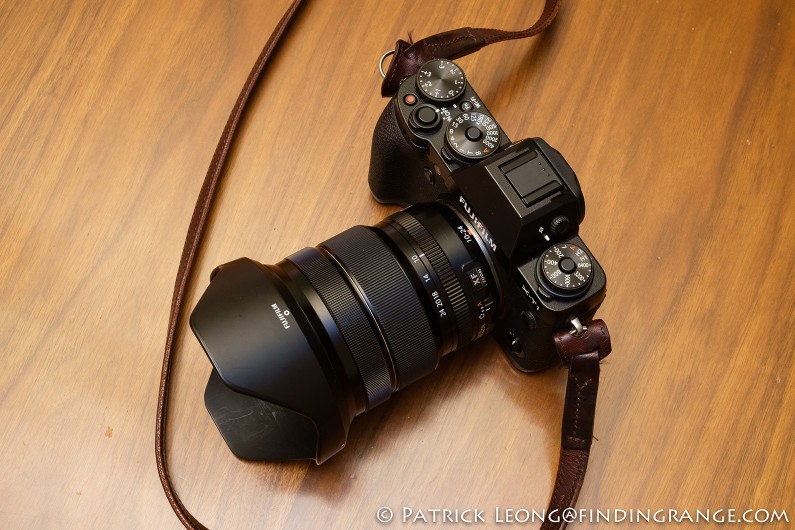
↑ The lens actually feels smaller in real life than the photo suggest but it’s still pretty large.
Normally, you don’t have to worry as much about camera shake with a wide angle lens as you would say a telephoto but this zoom still comes with OIS (optical image stabilization). I believe part of the reason why there is OIS built in the lens is because of its size. It’s not difficult to hold the camera steady but it’s definitely easier to prevent camera shake with a shorter lens. The OIS also came in handy because this lens’ maximum aperture is F4; it allowed me about two extra stops of hand held shooting. Depending on my situation and environment, three stops is even possible. As for the lens’ maximum aperture, I’m actually perfectly okay with it being F4. I normally stop wide angle lenses down to smaller apertures anyway. Plus, if this lens was any faster, it would be a lot larger.
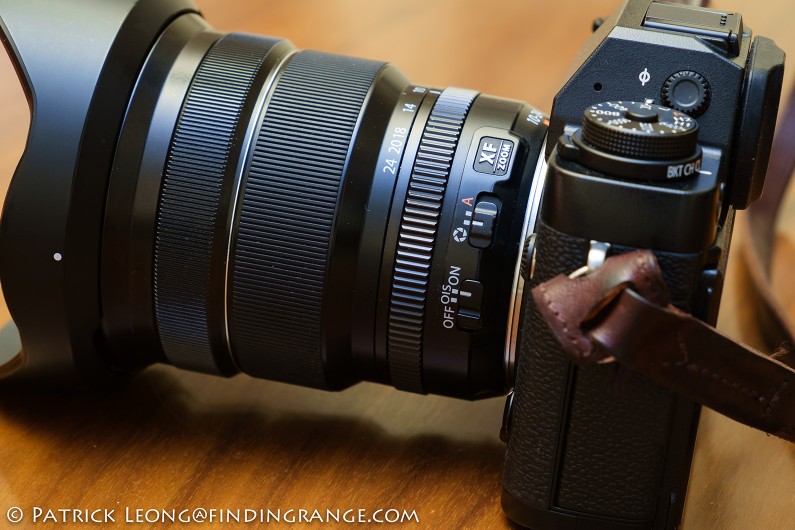
↑ The XF 10-24mm comes with OIS.
Fuji XF 10-24mm F4 R OIS Lens Autofocus:
In terms of how it focuses, I feel the XF 10-24mm does decently. The XF 10-24mm has an internal focusing system, and uses a stepping AF motor. It’s very quiet and accurate for the most part. There’s really not much to complain about. However, once it was darker, that’s when the lens had a little more trouble locking on focus.
Fuji XF 10-24mm F4 R OIS Lens Image Quality:
Overall, the XF 10-24mm F4 R OIS lens (B&H Photo/Amazon) produces excellent images. I particularly liked the rich, even warm color rendering of this lens. I found the photos to also have a really nice depth and contrast to them. One of the places that I took this lens was to the Chinese New Year Lunar Festival, and even with the lighting that I was in, colors from the lion costumes just pop out of the photos. Distortion isn’t that bad, and vignetting is very well controlled, especially for a wide angle lens (I suspect the Fuji in-camera profile helps in these two categories as well). In other words, there wasn’t really anything major that stood out negatively for what I was shooting. I also found flare to be very well controlled with only the very occasional issues.
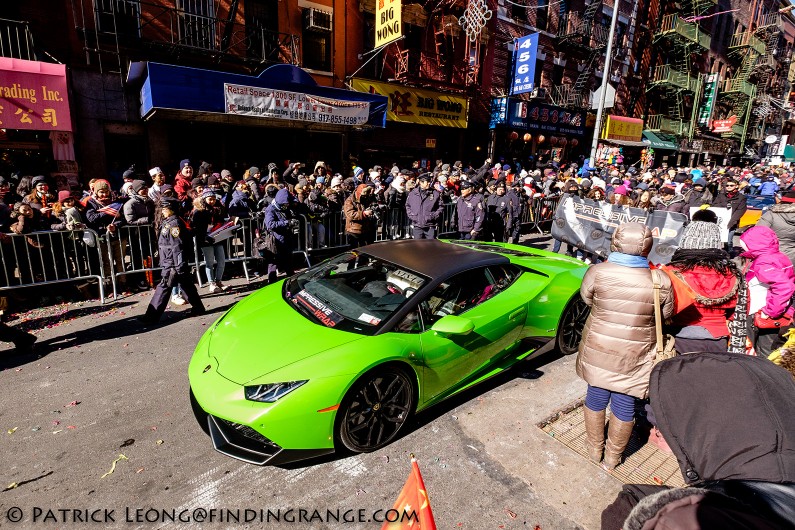
↑ This was taken at the 10mm focal length using F5.6 and 800 ISO.
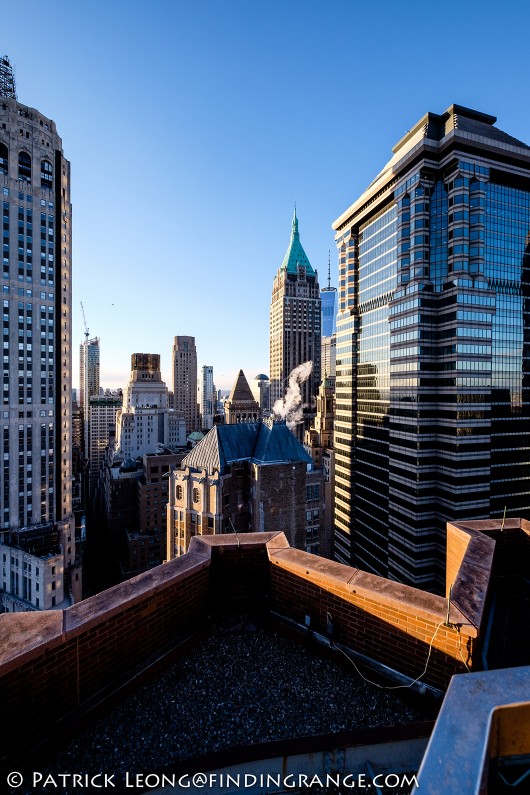
↑ This can be a great lens for architectural related subjects; This was taken at F8 and as you can see it is tack sharp.

↑ This was taken at F5.6.
As for sharpness, I think this lens performs spectacularly at 10mm. In fact, I absolutely love using this lens at 10mm, and personally I don’t think I could ask for more. I should also mention that it performs equally well at around 14mm. At the wider spectrum, this lens is always tack sharp in the center, and as the lens is stopped down to around F5.6 to F8, the corners sharpen up very nicely. In fact, once you’re shooting at smaller apertures, photos come out incredibly sharp. You can see pretty much every little detail. It is particularly impressive when you take photos of architecture or bridges because all the lines are just so darn sharp. With a 15mm equivalent focal length and this lens’ IQ at this range, you can get some very cool looking images with plenty of drama and bite.

↑ Here is a photo using the 10mm focal length taken at F9.

↑ This is a photo of the Manhattan Bridge taken at F9 using the 10mm focal length. As you can see, this lens is incredibly sharp when stopped down. By the way, it was 1ºC on this day :).
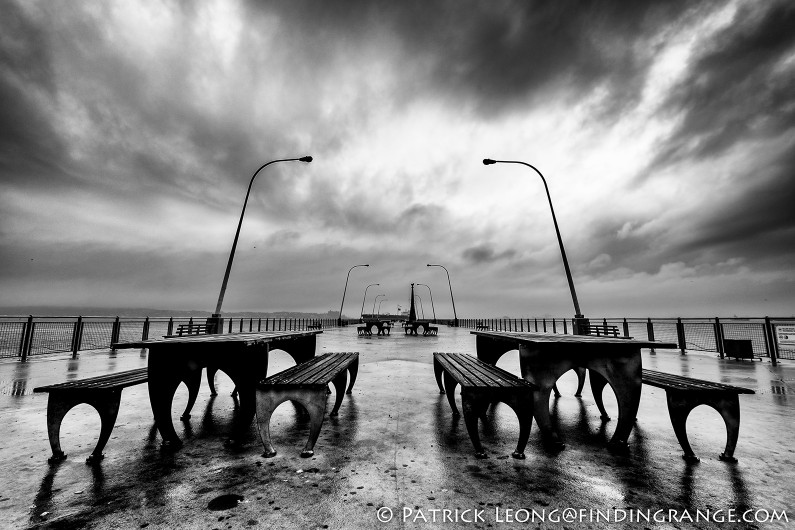
↑ During my time with the XF 10-24mm, the weather was horrible. It was some of the coldest temps that we’ve had in a long time but it did bring along some cool cloud formation. This was taken at F9 using the 10mm focal length.
However, what surprised me most was when I used the XF 10-24mm F4 R OIS lens at the 24mm focal length. At this focal length, I just didn’t feel that it gave me the same performance as using this lens at its wider spectrum. The center is always sharp but the corners never really sharpen up for me as well as it does at the wider angles. I thought it was just my copy but there are other reviews out there that have also stated something similar. There is smearing on the edges and corners at F4, and while stopping down to F5.6 does significantly help, you would still have to stop down further if you want sharp corners. I actually noticed a little smearing in some of my photos at F5.6. It’s not so horrible that you wouldn’t still be able to obtain professional results but in my opinion, you definitely won’t get the same insanely sharp, near perfect results of the XF 23mm F1.4.

↑ At the 24mm focal length and at F4, center sharpness is present but corners and edges suffer.
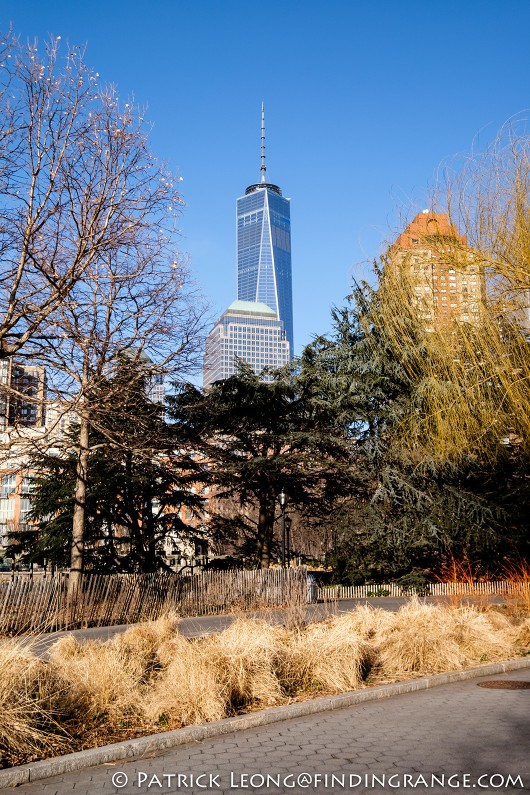
↑ This was taken at the 24mm setting using F5.6. Corners do sharpen up quite a bit compared to shooting at F4 but stopping down more will help even more.
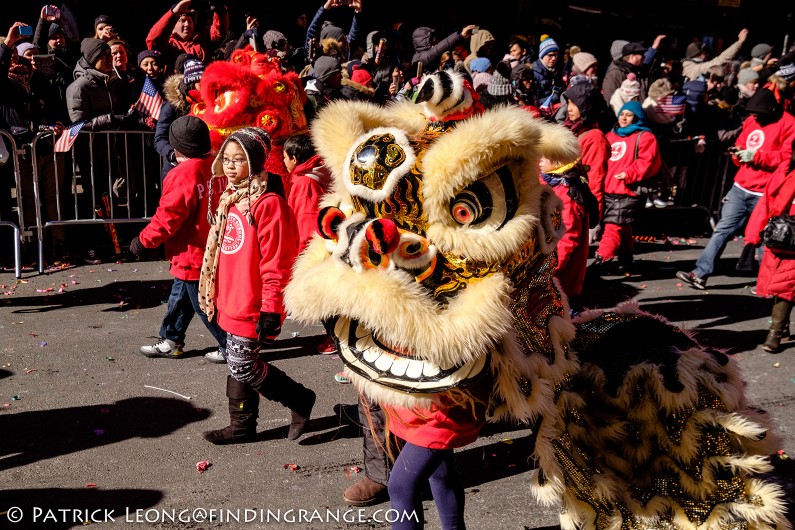
↑ Here is another example at F5.6 using the 24mm focal length.
Fuji XF 10-24mm F4 R OIS Lens vs. Its Prime Counterparts:
So, some of you are probably wondering: is it better to just purchase prime lenses instead of this zoom? Overall, I sincerely enjoyed using this XF 10-24mm F4 R OIS lens so much that I’ve been thinking about purchasing one myself. This zoom’s incredible range essentially replaces a 15mm, 18mm, 21mm, 24mm, 28mm, and 35mm. The XF 10-24mm will cover essentially all of your wide angle needs, and then some. In fact, with its 15-36mm equivalent range, this lens might be the only one that some would even need to bring along, period.
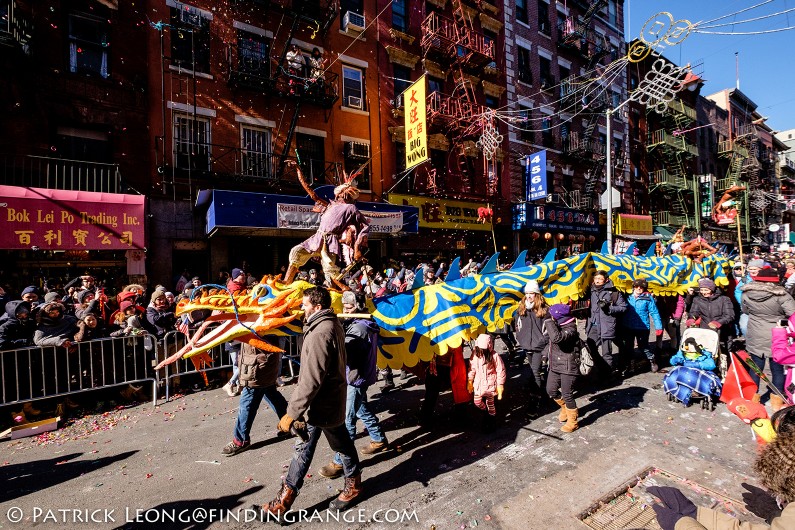
↑ Having a 10mm focal length can be so useful at times. This was taken at F6.4.
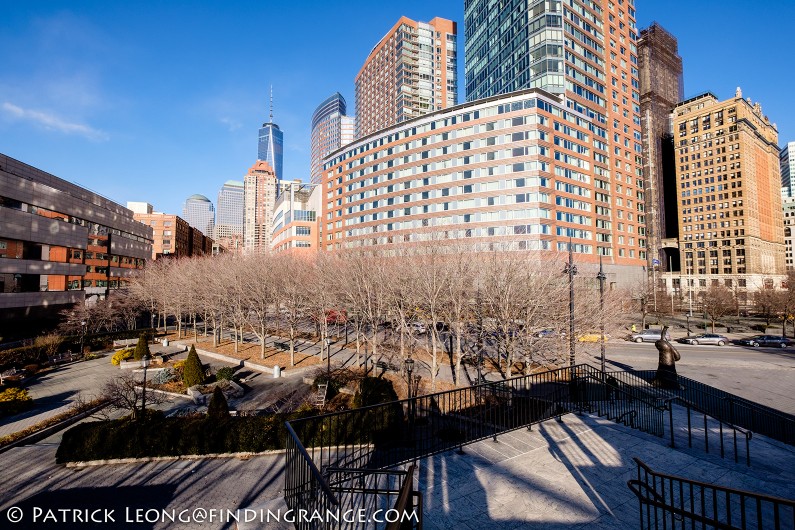
↑ Here’s a photo taken at F8.
However, my feeling is if you don’t really need the flexibility of a zoom or you don’t need a 10mm lens, you might be better served with some of it’s prime counterparts like the 12mm Zeiss Touit, XF 14mm F2.8 or the XF 23mm F1.4 for example, if the goal is to be able to achieve that extra little bit of resolution from your X Series camera. You’ll also get a more compact lens as well. I own the 12mm Zeiss Touit F2.8, and it’s probably my favorite lens in the X Series system. I know it’s my most used one. The truth is, the XF 10-24mm is one of the best performing ultra wide zoom lenses that I’ve used. But I just think the reality is, there are limits to a zoom when compared its counterpart primes, especially with this zoom’s range. With that said, the extra resolution that certain primes have over this zoom is very minute like I said before, and therefore, having the flexibility of this zoom may be more important for some.
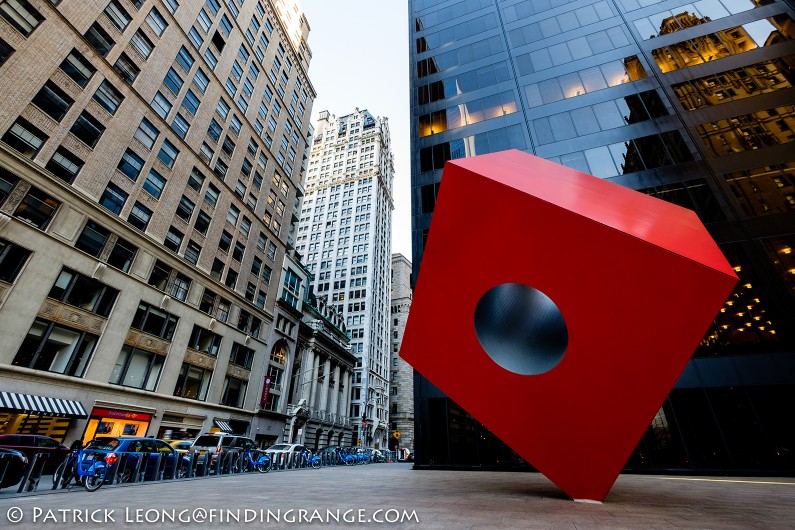
↑ This was taken at F5 using the 10mm focal length.
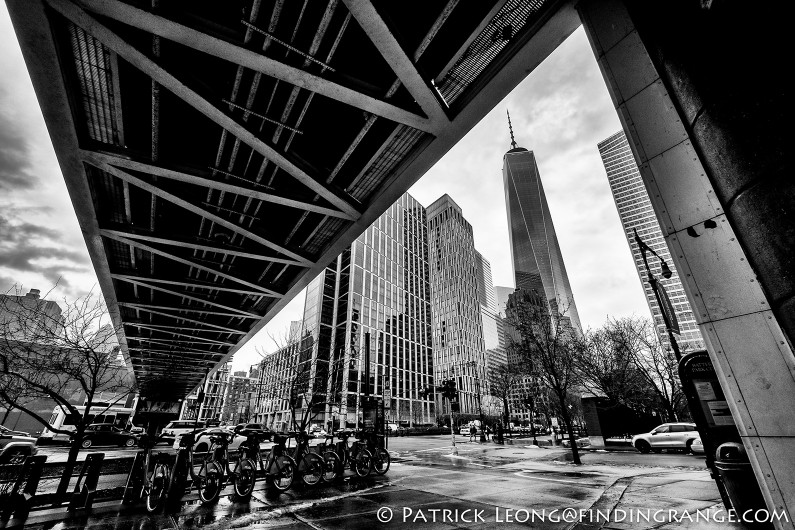
↑ This was taken using the 10mm focal length at F7.1.
Fuji XF 10-24mm F4 R OIS Lens Bokeh:
In terms of bokeh, keep in mind that the XF 10-24mm F4 R OIS lens (B&H Photo/Amazon) is a wide angle zoom lens with a moderately fast maximum aperture. There are limits to it producing shallow depth of field. Still, the moments when the depth of field is shallow enough like when you use this lens at the longer focal lengths, the bokeh isn’t bad. To me, it’s not anything special, and it’s definitely not going to be up to the same standards as something you would get from one of Fuji’s super bokeh lenses, such as, the XF 56mm F1.2 but keep in mind that this lens isn’t really designed to be a shallow depth of field lens.
Fuji XF 10-24mm F4 R OIS Lens Pros And Cons:
Fuji XF 10-24mm F4 R OIS Lens Pros:
- Very well built.
- Quiet and quick autofocus.
- Incredible focal length range.
- Overall, excellent image quality, especially given the zoom’s range and ultra wide capabilities.
- One of the best zooms wide angle zooms out there.
Fuji XF 10-24mm F4 R OIS Lens Cons:
- Would prefer an aperture ring that had hard stops on both ends and aperture markings.
- This is a big lens for the Fuji X Series.
- Image quality is superb but not quite as good as some primes.
- If you use a 35mm equivalent a lot, you’re probably better off with the XF 23mm F1.4 if you want the best image quality.
Fuji XF 10-24mm F4 R OIS Lens Verdict:
Overall, I believe the XF 10-24mm F4 is one of Fuji’s coolest X Series lenses to date because it’s not only one of it’s most versatile, it also produces superb images. Is it perfect? Not at all. I take issue with its size, and while image quality is fantastic, I feel that there are limits and certain compromises inherit in a zoom, especially one with this range. But with that said, it is definitely one of the best performing ultra wide zooms that I’ve used, and it’s not that far off in the IQ department when you compare it to primes counterparts like the XF 16mm F1.4 or the XF 14mm F2.8, for example. Those primes may give you a slight edge in terms of image quality but this zoom will give you overall excellent image quality over a wide range of focal lengths. It’s hard to argue with that. Furthermore, purchasing the XF 10-24mm F4 R OIS lens (B&H Photo/Amazon) is a cheaper way of being able to use a bunch of wide angle focal lengths. The list price of this lens is $999 but try buying the different focal lengths that this zoom offers for that price. Plus, there is actually a rebate on this lens now, which brings the price down to $799. Bottom line is if you’re looking for an ultra wide lens with plenty of flexibility, this is one lens that you should definitely put on your list. Plus, the fun factor of this lens is simply off the charts.
Thanks for taking the time to read my review. If you’re considering purchasing the XF 10-24mm, and my review helped you decide, please help support this site by purchasing from any of the links below or around this site. It will not cost you anything extra. Thank you for your support!
XF 10-24mm F4 R OIS lens at B&H Photo

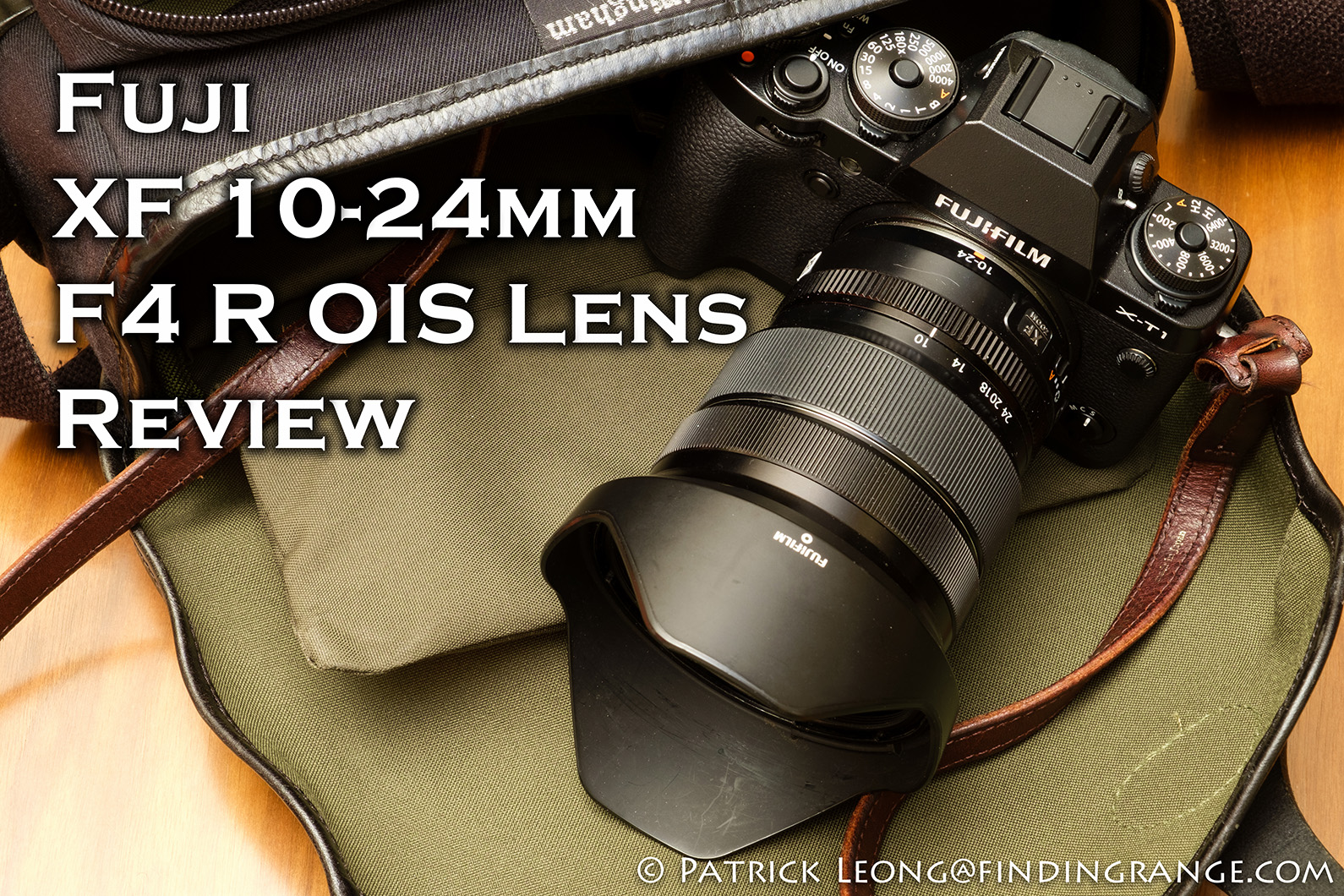
Thanks for sharing your experience with this lens. It seems to be a strong performer and maybe the only wide angle lens that you need on a Fuji camera. It is bigger than many other lenses from Fuji but still not big especially when you see what the poor Sony A7 shooters have to deal with (ok – that is full frame but anyhow i thought it was about size when they had the camera in mind).
Have you heard about the Cambo Actus ? It is available for Fuji x-mount as well. Great tool for cityscape photography (and endless more creativity) and you dont even need to buy new lenses (medium or large format lenses) because of the apsc sized sensor. Full frame glass is sufficient. But wait – you already own medium Format lenses for your Hasselblad 😉
Hi Elderin,
Sorry for the late reply. Thanks for taking the time to read my review. This lens may not be as big as some of the Sony stuff but it’s pretty large for the Fuji system haha. Don’t get me wrong, it is a great lens, especially since it can cover so much. It’s just I had a tendency to use this lens at the 10mm focal most of the time, so I think in that way, I am better off with my Zeiss 12mm. You know what lens I’ve been thinking about? You heard about the new 10mm Voightlander? That would be great to try out on my M, and if it works for my Fuji, that’s just a bonus ;).
As for the Cambo, I’ve never heard of it. I will have to check that out :).
Best,
Patrick